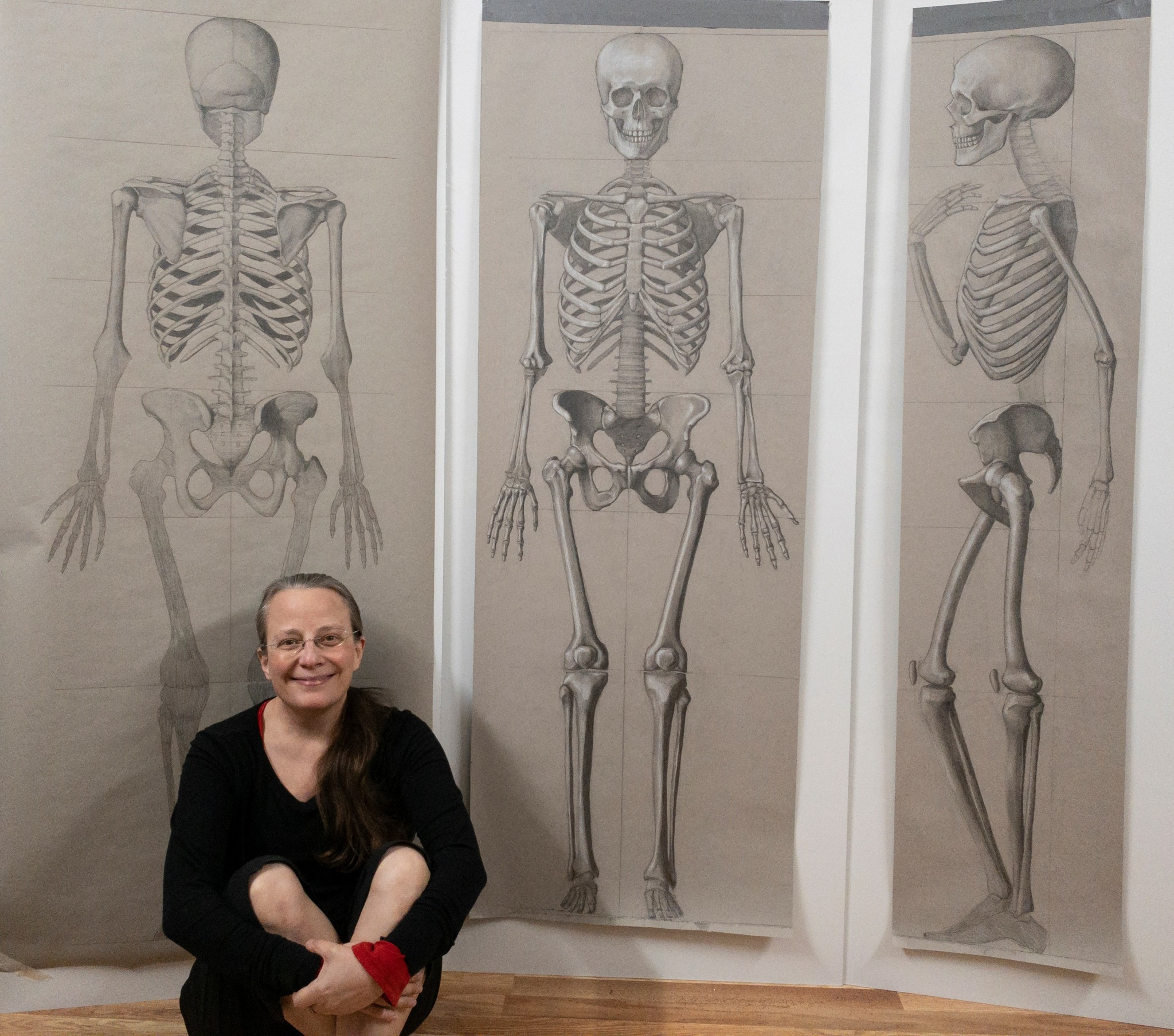We’re excited to introduce you to the always interesting and insightful Gayle Madeira. We hope you’ll enjoy our conversation with Gayle below.
Gayle, thanks for taking the time to share your stories with us today Learning the craft is often a unique journey from every creative – we’d love to hear about your journey and if knowing what you know now, you would have done anything differently to speed up the learning process.
How did you learn to do what you do?
I started learning art when I was a child, growing up on a pretty isolated farm in rural Virginia. I was very shy and didn’t spend much time with people, so I started drawing and making things as a way to communicate. I’d make something, give it to someone, and then run away. I didn’t have words, but I spoke through my art.
In school, art became part of my identity, along with dancing and singing. It was soothing for me, especially drawing. The repetitive motion of making marks with a pencil was calming, and the more I did it, the better I became. The reinforcement inspired me to continue.
After high school, I chose to pursue dance as I was accepted into the SUNY Purchase conservatory program, and I thought it would be the best thing to start with since professional dancers have a short window of time early in their lives to perform. I didn’t stop drawing and painting though. I moved to New York City and in between rehearsing and touring as a modern and ballet dancer and choreographer, I took anatomy and drawing classes at the Art Students League and continued working on my skills, balancing my dance career with my art. In my mid 30s, I transitioned into tango dancing and at that point decided to focus much more on oil painting and fine art. I came to realize that it was my secret dream, so I started taking more serious classes at places like Grand Central Atelier and the New York Academy of Art, and I connected with other artists in the realism community. I also started plein air painting, which was also a dream come true for me because I’ve always loved nature and doing things outside.
A big breakthrough for me came when I started studying écorché (an anatomical study of the body) first with David Klass at NY Academy and later with Christopher Raccioppi at Art Students League. This really helped my core understanding of human anatomy and figurative work. When the pandemic began, I used the opportunity to study écorché at a deeper level. While it was a challenging time, especially since I have a very bad reaction to Covid, being forced to stay inside has given me the chance to focus more on my art and really refine my skills.
Knowing what you know now, what could you have done to speed up your learning process?
Looking back, I definitely wish I had found these schools and teachers earlier. In the 90s, we didn’t have the internet like we do now, and I didn’t know about the great resources out there. I also wish I had learned écorché sooner. It’s a very powerful tool for both painting and dance, and it would have helped me earlier on, not just with art but with dance. If I had known about it when I was younger, I would have had a better understanding of the human form and how to represent it much sooner.
Another thing was finding a balance between my desire to dance and my desire to pursue art. I was completely absorbed by dance, but I think if I had balanced dance and art I would have learned art more quickly. I don’t have any regrets though because I adore dancing, and it gave me a strong capable body, and now I can create more realistic sculptures and paintings of people in action because if it.
What skills do you think were most essential?
The most essential skills for me have been anatomy and an understanding of the human body, and how to draw which is the foundation of all the visual arts. Another skill that’s been essential is learning to see. Even though I understood the body and movement through dance, I learned gradually as I studied anatomy, sketching, and painting how to represent moments caught in time. That is the most difficult thing, to capture movement in a frozen state. I’m still working on it!
What obstacles stood in the way of learning more?
One of the biggest obstacles was not knowing about the schools and opportunities available to me when I was younger. We didn’t have the resources or easy access to information like we do today, so it was harder to find out about realism schools and communities.
Another obstacle was my own drive to pursue dance. I don’t regret it, but I did put most of my focus on dance for many years which left me with less time to focus on art. It would have been nice to have found more balance between the two earlier on. If I had, I would have grown even more as an artist.
The pandemic has been a turning point for me. It affected me deeply because I get much sicker from Covid than most people, and now I have bad post-Covid syndrome. Because of this it’s has been a very challenging and isolating time, but since I’m forced to stay inside and focus on my art it’s also caused me to grow and learn a lot more in the last 5 years. I’m grateful for the time to refine my skills, especially in écorché and oil painting.


Gayle, before we move on to more of these sorts of questions, can you take some time to bring our readers up to speed on you and what you do?
I wrote in the answer to the last questions about how I got into art so I won’t repeat myself for that part of this answer!
For what I am most proud of, I am proud of having had my artworks chosen for many prestigious shows such as the MEAM Museum (Museu Europeu d’Art Modern), Sotheby’s (New York City and Los Angeles), Arnot Museum, Customs House Museum, Butler Institute of American Art, Loveland Museum, Wausau Museum of Contemporary Art, The National Arts Club, Salmagundi Club, Williamsburg Art and Historical Center, and others. I’m also proud that my art has appeared in numerous excellent publications including Fine Art Connoisseur Magazine, Plein Air Magazine, Artist’s Magazine, 1340 Magazine, American Art Collector, and Strokes of Genius. I’m proud that my work has won awards in major competitions, was selected for renowned juried salons, and that seventeen of my artworks have been archived on the moon as part of the Lunar Codex.
For what types of products/services/creative works I provide – I provide oil paintings, drawings, and sculptures. I create art in multiple genres including portraiture, figurative, landscape, and still life. My work creates a museum-like atmosphere in the spaces where they hang, as if the viewer has suddenly been relocated to the Metropolitan Museum of Art.
This brings us to the problems that I solve for clients and what sets me apart. There are many people who go to museums like the Met and secretly long to have paintings and sculptures that look like the ones they see there, but almost no artists make them anymore. My art gives people who seek beauty and peace the ability to transform their spaces into personal museums by buying and displaying my traditional paintings and sculptures in their homes. My collectors are generally people who love nature, have strong traditional values, appreciate classical realism and a touch of surrealism or whimsy, and seek emotionally resonant art which they see as meaningful, one-of-a-kind heirlooms to cherish for life.
The thing that sets me apart from others is my ability to make excellent quality paintings and sculptures that look like they came from another era, the era of artists who deeply understood their craft, from the pigments to the layers, tools, techniques, and best practices for creating lasting and valuable artworks.

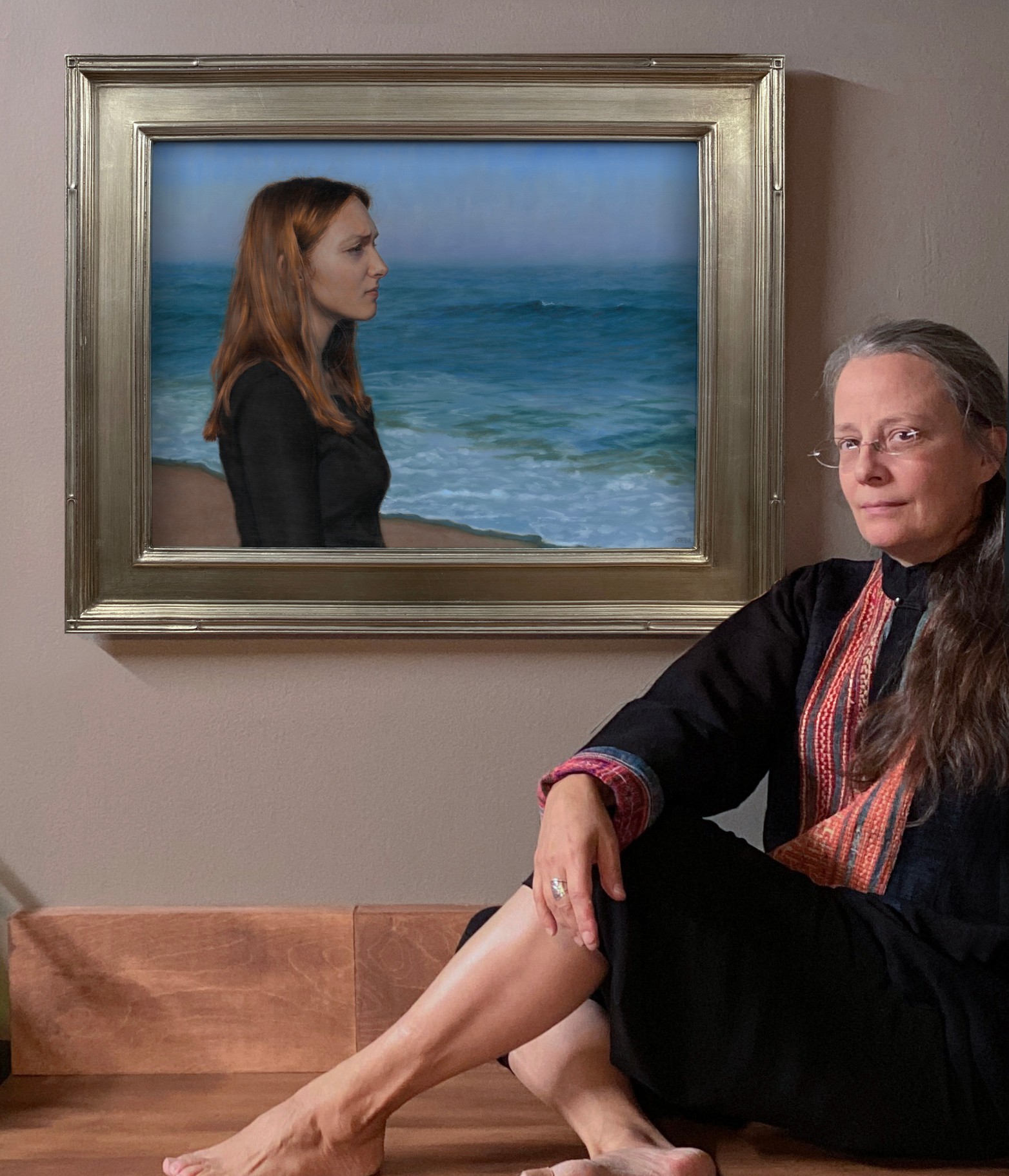
We often hear about learning lessons – but just as important is unlearning lessons. Have you ever had to unlearn a lesson?
A lesson I had to unlearn is the way of making figurative and portrait art by mapping light and shadow instead of by understanding all the underlying structures and forms. Light and shadow can lie to the artist, while having a deep understanding of the underlying form can help artists not only to make their portrait and figurative work look more real but it can also help them to work partially or fully from imagination. By doing this, it frees the artist to change poses and body arrangements without having to have a model in the exact position. When I first started learning art, I learned by faithfully and diligently mapping out light and shadow forms. It was only when I went back and took the long road of learning écorché that I was truly able to find freedom.
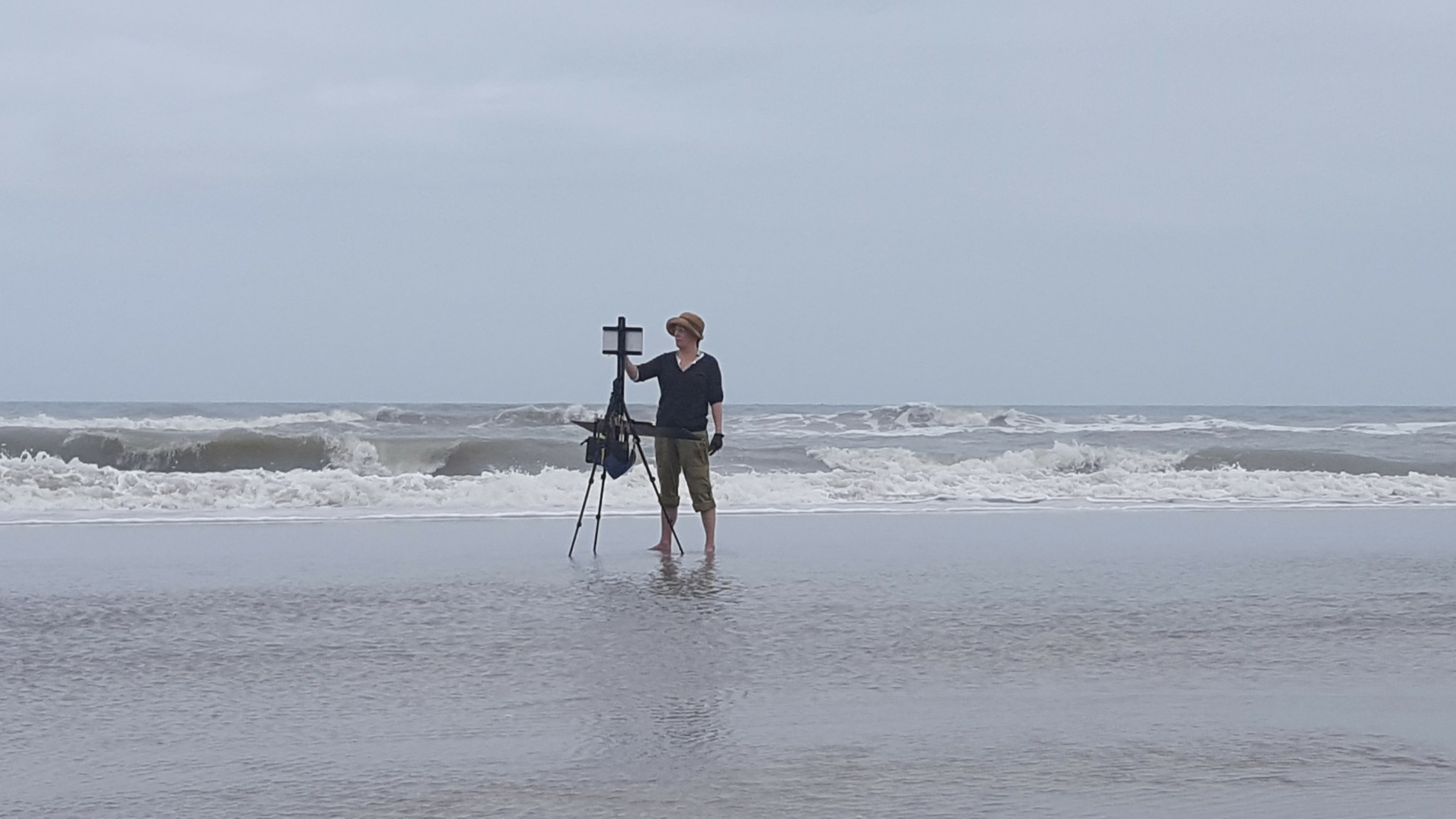
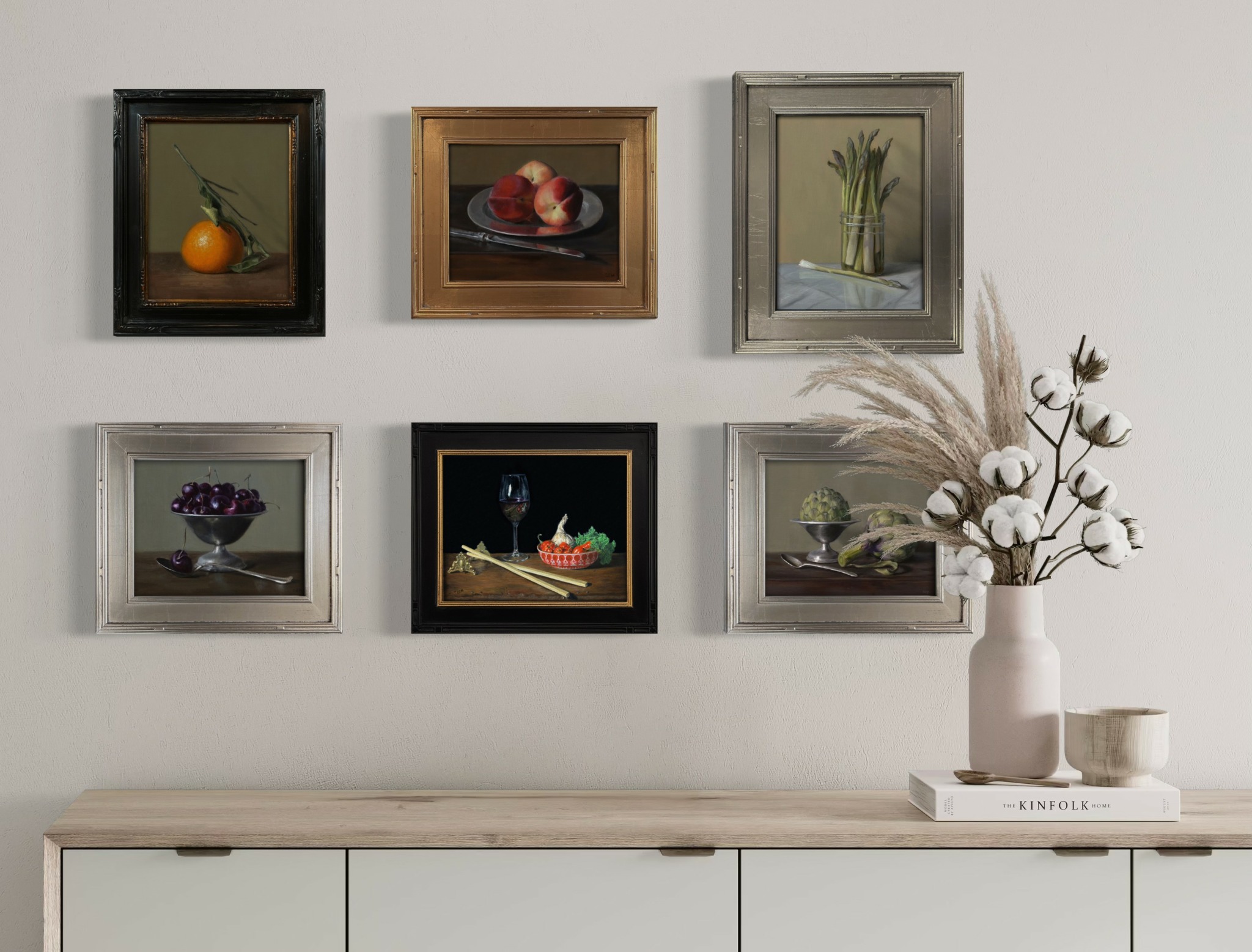
Is there something you think non-creatives will struggle to understand about your journey as a creative?
I have a very peculiar and particular journey as a creative in that for most of my life, I have used various part-time freelance computer work as a means to not be forced to live entirely from my art sales. I have done this on purpose in order to have the maximum amount of artistic freedom to create anything I want, to go in any direction with art that I want whenever I want to. This has also required having a very low key lifestyle and making do without many things that other people have, but for me the most valuable thing in life is artistic freedom. For example, when I started painting still life oil paintings, there was a large demand for them and I sold everything I made, but I wanted to make other work too and sometimes went for months without making any still life paintings. If I HAD to make my living from art, I would have been forced to become only a still life painter. That would have been extremely depressing, and in the end would have killed my inspiration, causing my work to be devoid of life. The culture right now makes it difficult for non-creatives (and sometimes creatives too!) to understand this nuance, that I place the highest importance on my artistic freedom and my life choices all go into supporting that quest.
Contact Info:
- Website: https://gaylemadeira.com/
- Instagram: https://www.instagram.com/gaylemadeira/
- Facebook: https://www.facebook.com/GayleGibbonsMadeira
- Linkedin: https://www.linkedin.com/in/gaylemadeira/
- Youtube: https://www.youtube.com/@gaylemadeirastudio

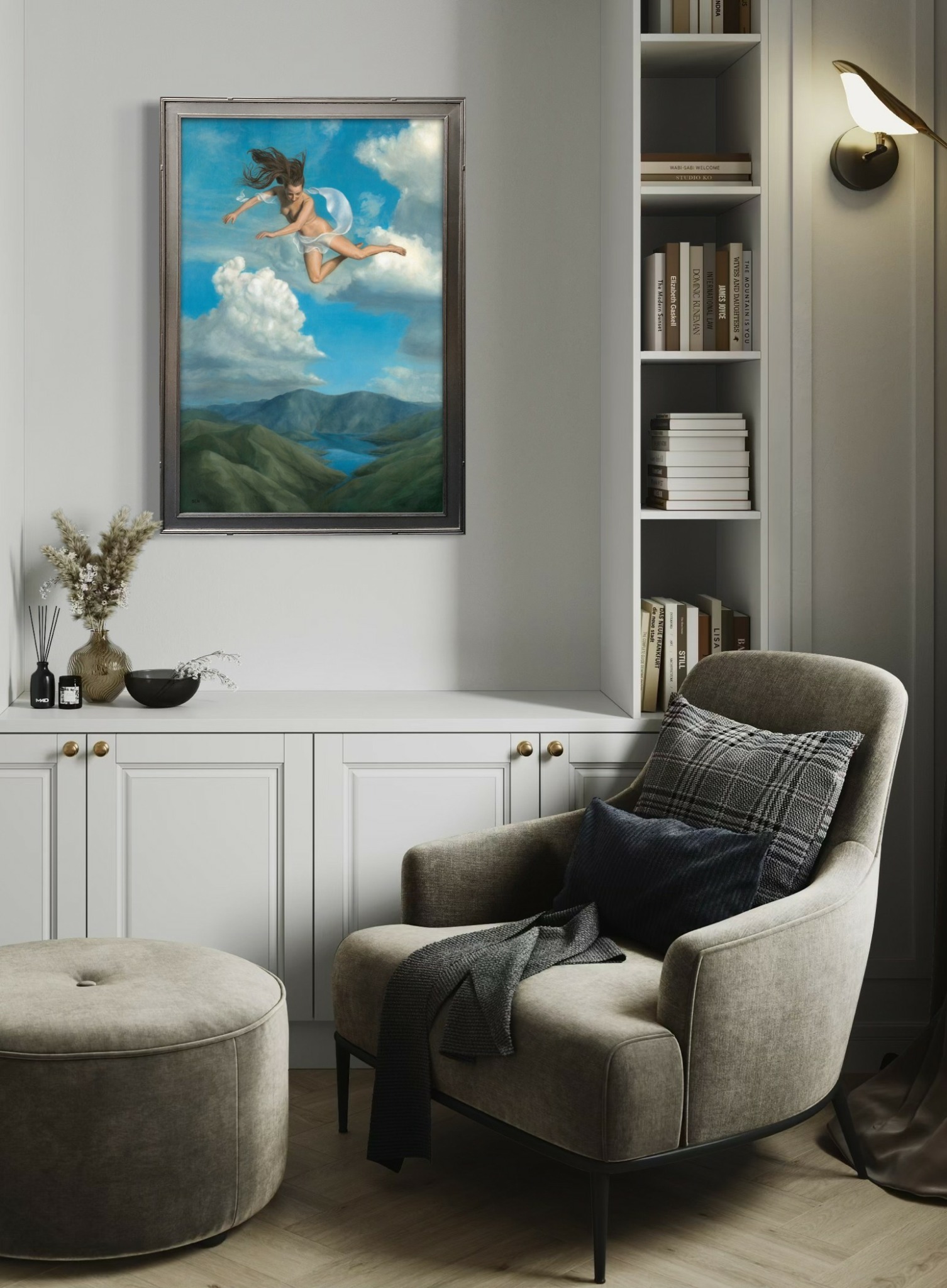
Image Credits
Gayle Madeira


